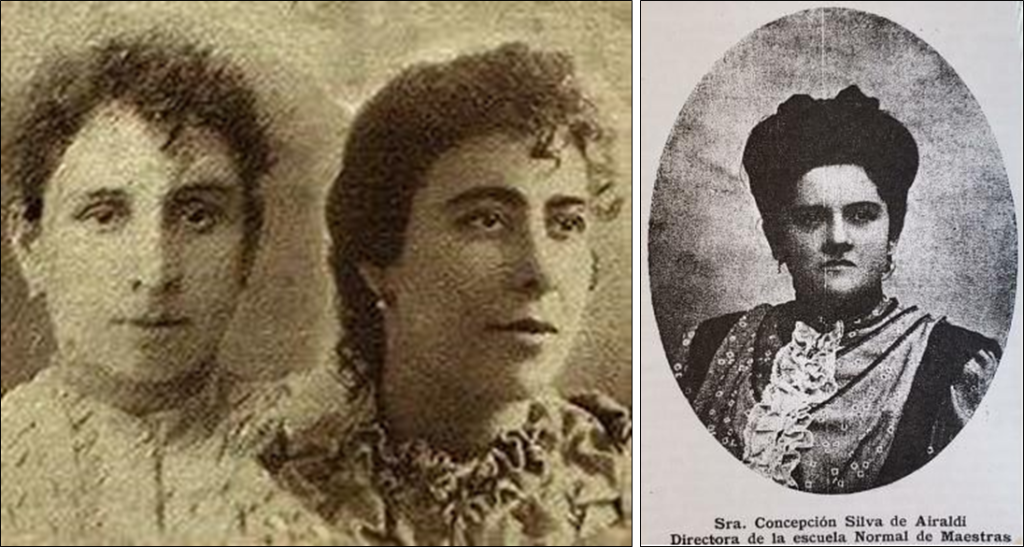Paraguay’s currency tells a story beyond its value. Starting this week, The Asunción Times takes readers on a journey through the nation’s banknotes in a new weekly series, “Money Talks”. Each edition will explore a different bill, revealing the history, culture, and notable figures depicted on it. The series will also highlight the hidden details that make each note unique. From pioneers of education to national symbols, this series uncovers the stories woven into Paraguay’s money. This week: The amusing 2,000 Guaraní note’s mix-up.
Guaraní is not just one of the official languages, but also Paraguay’s national currency. The currency was created on 5 October 1943 as an emblem of the nation, and a symbol of Paraguay’s economic and monetary independence. Over time, it became a key representation of national identity and stability. Today, the Guaraní is more than 80 years old. Remarkably, it remains one of the oldest and most stable currencies in the region.
Peace and Justice, and a tribute to Paraguayan education
Paraguay’s 2,000 guaraní note is differentiated by its purple colour against a multicoloured underprint. The note features the national and Treasury Coats of Arms, a lion with a Phrygian cap, and the motto “Paz y Justicia” (“Peace and Justice”). This note is Paraguay’s first polymer note, made of a durable material that results in a longer lifespan and better conservation.
People widely see the note as a tribute to Paraguayan education. Its reverse shows students proudly carrying Paraguayan flags in honour of their teachers. To the right are portraits of two educators: Adela Speratti and, contrary to the writing on the note, not her sister Celsa. But another Paraguayan educator: Concepción Silva de Airaldi.
Adela and Celsa Speratti: Paraguayan education pioneers
Adela, born in 1865, and Celsa Speratti, born in 1868, were Colonel Espínola’s daughters, who died in the Triple Alliance War (1864-1870). Following the war, their mother, Dolores Speratti, brought the family to Argentina for better opportunities. The two sisters excelled as students, earning scholarships, and completing their teacher training at the Escuela Normal in Corrientes, Argentina. Adela graduated in 1886 and Celsa in 1887, and both gained recognition for their intelligence, diligence, and eloquence. Adela’s speech on the necessity of natural sciences in the education of women was even published in a local newspaper.
The sisters began their teaching careers in Argentina. Later, both sisters returned to Paraguay in 1890 to help develop Paraguay’s first Escuela Graduada de Niñas, a model school for teacher education. Adela was the director, and Celsa was the vice-director, both providing boarding and after-class assistance to students from rural areas. The sisters were influenced by education reformers such as Pestalozzi, Horace Mann, and Sarmiento. Their shared goal was to enhance the quality of education despite limited resources.
Adela died in 1902, leaving a legacy of devotion, while Celsa continued to work, retiring after marriage, but going back to educating poor children. She died in 1918, remembered together with her sister as pioneer teachers in teacher training in Paraguay.
The 2,000 Guaraní note’s mix-up
Historians agree that the second portrait on the 2,000 guaraní note, often mistaken for Celsa Speratti, actually shows Concepción Silva de Airaldi, a contemporary of the Speratti sisters and director of the Escuela Normal de Maestras. According to historian Ana Barreto, the image was based on a photograph published in the 1907 book Paraguay en Marcha.
The confusion might have arisen from the similarity in their roles as educators, and the lack of clear public identification of the second portrait initially, but no official reason was ever confirmed. At the same time, Silva de Airaldi’s inclusion highlights her importance in shaping Paraguay’s educational landscape alongside the Speratti sisters.
There is no indication that the Central Bank of Paraguay plans to undertake a – doubtless costly – correction of the 2,000 Guaraní note’s mix-up.

A lively testament to the founding teachers
The National Constitution of Paraguay and the Charter of the Central Bank of Paraguay (BCP) grant the latter the exclusive power to issue banknotes and coins that are legal tender, in sufficient quantity and quality to ensure the conduct of economic activities. The 2,000 guaraní bill is both legal tender, and a tribute to Paraguay’s founding teachers. The bill, in this way, is a reflection of the country’s enduring dedication to learning.


